Home>Gardening & Outdoor>Landscaping Ideas>How To Build A Garden Bed On A Slope
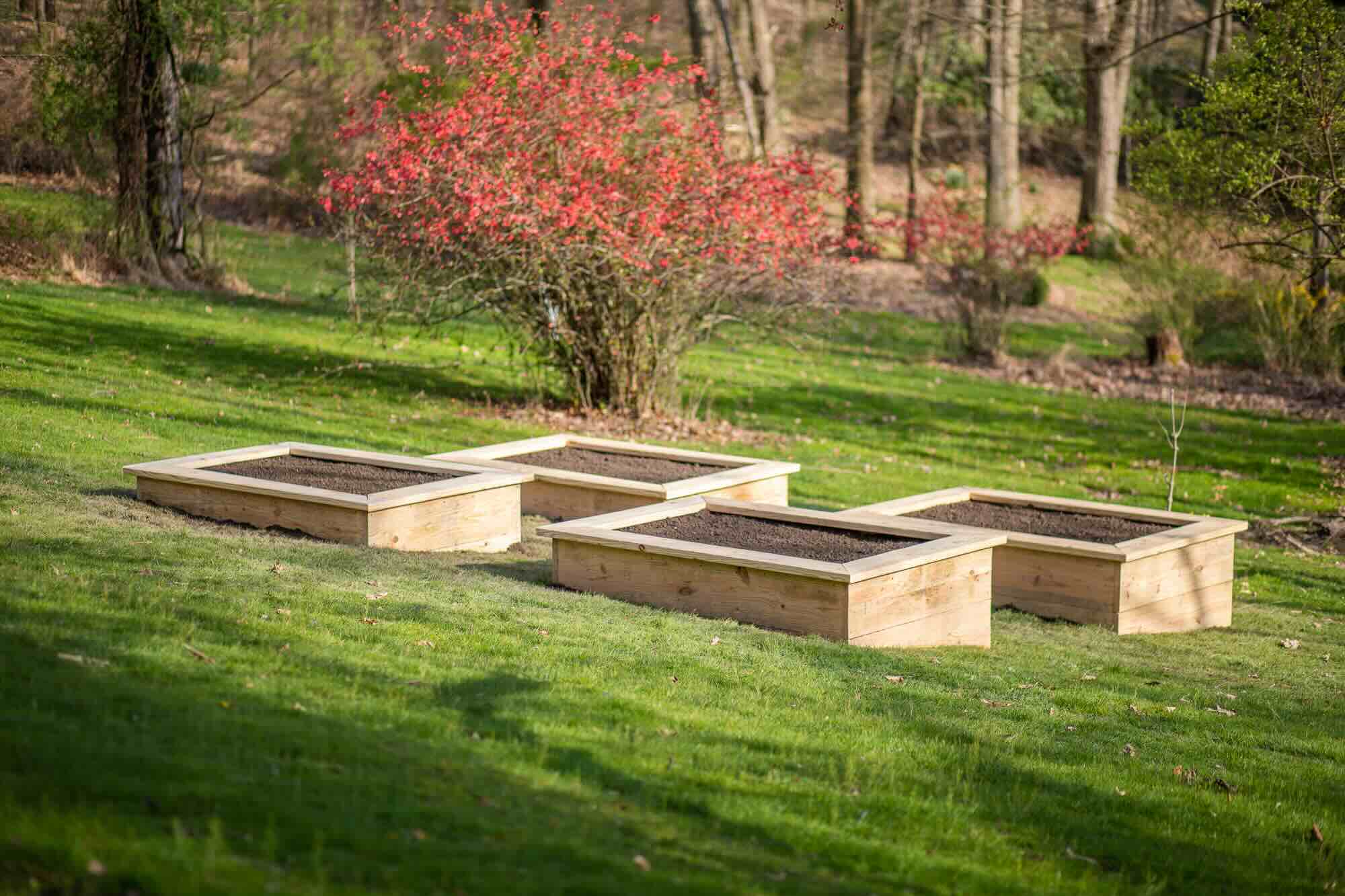

Landscaping Ideas
How To Build A Garden Bed On A Slope
Published: February 1, 2024
Discover expert landscaping ideas for building a garden bed on a slope. Get step-by-step guidance and tips for creating a beautiful and functional outdoor space. Ideal for DIY enthusiasts and gardening enthusiasts.
(Many of the links in this article redirect to a specific reviewed product. Your purchase of these products through affiliate links helps to generate commission for Storables.com, at no extra cost. Learn more)
Introduction
Creating a garden bed on a slope can transform an otherwise challenging landscape into a stunning and functional outdoor space. Whether you're dealing with a gentle incline or a steep hillside, building a garden bed on a slope requires careful planning, strategic design, and proper execution. This comprehensive guide will walk you through the essential steps to successfully build a garden bed on a slope, providing you with the knowledge and confidence to tackle this rewarding landscaping project.
Gardening on a slope presents unique opportunities and challenges. While the natural slope can add visual interest to your garden, it can also lead to soil erosion, water runoff, and uneven plant growth. By constructing a well-designed garden bed, you can harness the beauty of the slope while addressing these potential issues. Additionally, a garden bed on a slope allows for improved drainage and creates distinct planting zones, enabling you to cultivate a diverse range of plants that thrive in different microclimates.
In this guide, we will explore the crucial considerations for assessing the slope, selecting an appropriate design, preparing the site, building a retaining wall, filling the garden bed, and finally, planting and maintaining the garden bed. Each step is vital in ensuring the long-term success and sustainability of your sloped garden bed. By following these guidelines, you can create a harmonious and visually striking garden that harmonizes with the natural topography of your landscape.
Embark on this journey with an open mind and a willingness to embrace the unique characteristics of your sloped terrain. With careful planning and the right techniques, you can turn a challenging slope into a captivating garden oasis that reflects your creativity and love for nature. Let's delve into the exciting world of building a garden bed on a slope and unlock the potential of your outdoor space.
Key Takeaways:
- Building a garden bed on a slope requires careful assessment of the terrain, strategic design, and proper soil preparation to create a visually stunning and functional outdoor space that harmonizes with the natural landscape.
- Constructing a retaining wall and filling the garden bed with suitable materials are crucial steps in ensuring the long-term success and vitality of plants on a sloped terrain, requiring attention to detail and ongoing maintenance practices.
Read more: How To Build Garden Beds
Assessing the Slope
Assessing the slope is the crucial first step in building a garden bed on uneven terrain. Before diving into the design and construction phases, it's essential to thoroughly evaluate the slope to understand its characteristics and determine the best approach for creating a stable and visually appealing garden bed.
Start by observing the slope from different vantage points to gain a comprehensive understanding of its incline, contours, and existing vegetation. Note any natural features such as rocks, trees, or water runoff patterns that can influence the garden bed's layout and overall aesthetics. Understanding the natural elements of the slope will guide your design decisions and help you integrate these features into the garden bed seamlessly.
Next, assess the soil composition and drainage patterns. Determine whether the soil is predominantly clay, sand, loam, or a combination of these. Additionally, observe how water flows across the slope during rainfall or irrigation. Identifying areas prone to erosion or water accumulation will inform the design of the garden bed and the implementation of proper drainage solutions.
Consider the sun exposure and microclimates present on the slope. Note the areas that receive full sun, partial shade, or deep shade throughout the day. These variations in sunlight will influence plant selection and placement within the garden bed, allowing you to create diverse planting zones that cater to different light requirements.
Furthermore, evaluate the accessibility of the slope. Assess how easily you can navigate and work on the terrain, as this will impact the construction process and ongoing maintenance of the garden bed. Identifying potential challenges related to accessibility will help you plan for any necessary adjustments or accommodations during the building phase.
By thoroughly assessing the slope, you will gain valuable insights that will inform the design and construction of the garden bed. This initial step sets the foundation for a successful and harmonious integration of the garden bed with the natural slope, ensuring a visually stunning and functional outdoor space that complements the existing landscape.
Choosing the Right Design
Selecting the right design for a garden bed on a slope is a pivotal decision that will influence the visual impact, functionality, and long-term sustainability of the landscape. The chosen design should harmonize with the natural topography, address the challenges posed by the slope, and reflect your aesthetic preferences and gardening goals.
One of the key considerations when choosing the design is the overall layout and shape of the garden bed. The design should complement the slope's contours and enhance its visual appeal. Terraced garden beds are a popular choice for slopes, as they create distinct planting levels that not only prevent soil erosion but also add depth and dimension to the landscape. Additionally, terracing allows for better water retention and promotes efficient drainage, contributing to the health of the plants and the overall stability of the garden bed.
Incorporating curves and gentle slopes within the garden bed design can soften the transition between different levels and create a more natural and organic look. By embracing the natural curves of the slope, you can craft a garden bed that seamlessly integrates with the surrounding terrain, fostering a cohesive and harmonious outdoor environment.
Furthermore, the choice of materials for constructing the garden bed and retaining walls is a crucial aspect of the design process. Opting for durable and visually appealing materials, such as natural stone, timber, or concrete blocks, can enhance the aesthetic appeal of the garden bed while providing structural support and stability. The selected materials should align with the overall style of the landscape and contribute to a cohesive and unified look.
Consider the visual impact of the garden bed from various viewpoints, including both the top and bottom of the slope. The design should be visually engaging and complement the existing features of the landscape, such as trees, pathways, or architectural elements. By carefully considering the visual integration of the garden bed within the larger landscape, you can create a cohesive and captivating outdoor space that seamlessly blends with its surroundings.
Ultimately, the right design for a garden bed on a slope should strike a balance between functionality, aesthetics, and environmental harmony. By thoughtfully considering the layout, shape, materials, and visual impact, you can select a design that transforms the slope into a captivating and sustainable garden oasis, reflecting your unique vision and appreciation for the natural beauty of the terrain.
Preparing the Site
Preparing the site for building a garden bed on a slope is a critical phase that sets the stage for successful construction and long-term garden vitality. This preparatory process involves several essential steps to ensure that the site is ready for the installation of the garden bed and retaining structures.
The first step in preparing the site is to clear the area of any existing vegetation, debris, and obstacles that may impede the construction process. This includes removing rocks, roots, and other obstructions that could interfere with the layout and stability of the garden bed. Clearing the site provides a clean canvas for the subsequent construction steps and allows for a more precise and efficient installation process.
Following the clearing of the site, it is crucial to address soil erosion and water runoff issues. On a slope, soil erosion can pose a significant challenge, potentially compromising the stability of the garden bed and the health of the plants. Implementing erosion control measures, such as installing erosion control fabric or planting cover crops, can help stabilize the soil and prevent erosion during and after construction. Additionally, assessing the water runoff patterns and incorporating proper drainage solutions, such as French drains or swales, is essential for managing water flow and preventing water accumulation within the garden bed.
Once erosion control and drainage considerations are addressed, the next step is to prepare the soil for planting. This involves testing the soil to assess its composition and fertility, amending the soil as needed to optimize growing conditions, and ensuring proper aeration and drainage. Incorporating organic matter, such as compost or aged manure, can improve soil structure and fertility, providing an ideal foundation for healthy plant growth on the slope.
In addition to soil preparation, it is important to plan for the installation of any necessary infrastructure, such as irrigation systems or lighting. Assessing the water needs of the plants and incorporating an efficient irrigation system tailored to the slope's characteristics can ensure consistent moisture levels and promote plant health. Similarly, integrating lighting elements, if desired, can enhance the aesthetic appeal of the garden bed and extend its visual impact into the evening hours.
By meticulously preparing the site, addressing soil erosion and water management, and optimizing the soil for planting, you can establish a solid foundation for building a garden bed on a slope. This preparatory phase lays the groundwork for a resilient and thriving garden bed, setting the stage for the subsequent construction and planting stages to unfold seamlessly within the unique terrain of the slope.
Building the Retaining Wall
Building a retaining wall is a pivotal aspect of constructing a garden bed on a slope, providing essential structural support and preventing soil erosion. The retaining wall serves as a barrier that holds back the soil, creating level planting areas and enhancing the overall stability of the garden bed. The following steps outline the process of building a retaining wall that is both functional and visually appealing.
Read more: How To Build An Elevated Garden Bed
1. Planning and Design
Before commencing the construction of the retaining wall, careful planning and design considerations are essential. Determine the height and length of the retaining wall based on the slope's characteristics and the desired layout of the garden bed. Consider the materials for the retaining wall, such as natural stone, timber, or concrete blocks, ensuring that the chosen materials align with the overall design and style of the landscape.
2. Excavation and Footing
Begin by excavating the area where the retaining wall will be constructed. Create a level trench for the wall's footing, ensuring that it is sufficiently deep and wide to accommodate the chosen materials and provide stability. The footing serves as the foundation of the retaining wall, distributing the weight and preventing shifting or settling over time.
3. Installation of Base Material
Once the footing is prepared, add a layer of base material, such as gravel or crushed stone, to provide drainage and promote stability. Compact the base material thoroughly to create a solid and level foundation for the retaining wall.
4. Construction of the Wall
Assemble the retaining wall using the chosen materials, following the predetermined design and layout. Whether using stacked stone, timber sleepers, or interlocking blocks, ensure that each layer is level and securely positioned. Consider incorporating setbacks or terracing within the wall to enhance its structural integrity and visual appeal.
Read more: How To Build A Cedar Raised Garden Bed
5. Backfilling and Compaction
After the retaining wall is constructed, backfill the area behind the wall with well-draining soil. Compact the backfill material in layers to minimize settling and ensure that the retained soil is firmly supported by the wall. Proper compaction is crucial for maintaining the stability and effectiveness of the retaining wall over time.
6. Drainage Considerations
Integrate drainage elements, such as weep holes or perforated pipes, within the retaining wall to manage water buildup and prevent hydrostatic pressure. Proper drainage design is essential for preserving the integrity of the wall and mitigating potential water-related issues on the slope.
7. Finishing Touches
Once the retaining wall is in place and the backfill is compacted, attend to the finishing touches that enhance the wall's aesthetics and functionality. Consider adding capstones or coping to the top of the wall for a polished look and additional structural support.
By meticulously following these steps and paying attention to detail throughout the construction process, you can build a retaining wall that not only addresses the challenges of the slope but also contributes to the overall beauty and resilience of the garden bed. The retaining wall serves as a fundamental element in creating a captivating and sustainable garden oasis on a slope.
Filling the Garden Bed
Filling the garden bed on a slope is a pivotal stage that directly impacts the health and vitality of the plants, as well as the overall stability and functionality of the landscape. This process involves carefully selecting and layering the appropriate materials to create a supportive and nutrient-rich environment for plant growth, while addressing the unique challenges posed by the slope's topography.
The first step in filling the garden bed is to layer the bottom with a suitable drainage material, such as coarse gravel or crushed stone. This layer serves to facilitate proper water drainage, preventing water from accumulating and potentially causing soil erosion or saturation. Adequate drainage is particularly crucial on a slope, where water runoff can pose significant challenges to plant health and soil stability.
Following the drainage layer, the next step is to add a barrier, such as landscape fabric, to separate the drainage material from the soil that will support plant growth. The barrier helps prevent the soil from mixing with the drainage layer while allowing water to permeate through, maintaining a healthy and well-aerated root zone for the plants.
Once the barrier is in place, the garden bed can be filled with a high-quality planting mix or topsoil. Selecting a nutrient-rich soil blend that is well-suited to the specific planting needs and the slope's characteristics is essential for promoting robust plant growth and establishing a thriving garden ecosystem. Amending the soil with organic matter, such as compost or aged manure, can further enhance its fertility and structure, providing an optimal foundation for plant establishment and development.
Incorporating soil amendments and organic matter into the planting mix not only enriches the soil but also contributes to its moisture retention and overall resilience. On a slope, where water distribution may vary across different levels of the garden bed, ensuring that the soil has sufficient organic content can help mitigate moisture fluctuations and support consistent plant hydration.
As the garden bed is filled with the planting mix, it is essential to carefully grade and level the soil to create a uniform surface that promotes even water distribution and facilitates proper root establishment. Paying attention to the soil's texture and composition during this process is crucial for optimizing growing conditions and ensuring the long-term success of the planted vegetation.
By meticulously layering the appropriate materials and soil amendments, the garden bed on the slope can provide a stable and nurturing environment for a diverse array of plants, fostering a vibrant and resilient landscape that thrives within the unique topography. The filling of the garden bed sets the stage for the final phase of planting and maintaining the slope's garden oasis, culminating in a visually stunning and sustainable outdoor space that harmonizes with the natural terrain.
Read more: How To Build A Stone Raised Garden Bed
Planting and Maintaining the Garden Bed
Planting and maintaining the garden bed on a slope represents the culmination of the meticulous planning and construction efforts, marking the transition from a prepared landscape to a thriving and visually captivating outdoor space. This phase encompasses the strategic selection and placement of plants, as well as the ongoing care and maintenance practices that ensure the long-term vitality and beauty of the garden bed.
Plant Selection and Placement
When choosing plants for a garden bed on a slope, it is essential to consider the unique microclimates and growing conditions present across the varying levels of the terrain. Select plants that are well-suited to the specific light exposure, soil moisture, and drainage characteristics of each planting zone within the garden bed. Incorporate a diverse mix of groundcovers, perennials, shrubs, and trees to create visual interest and ecological balance while addressing erosion control and soil stabilization.
Strategically place plants based on their mature size, growth habits, and water requirements, ensuring that they complement the natural contours of the slope and contribute to a harmonious and cohesive landscape. Consider the visual impact of the plants from different viewpoints, aiming to create a balanced and aesthetically pleasing composition that integrates seamlessly with the surrounding terrain.
Ongoing Maintenance Practices
Maintaining a garden bed on a slope involves regular care and attention to preserve the health and beauty of the planted vegetation while addressing the unique challenges associated with the terrain. Implement a consistent watering regimen tailored to the specific moisture needs of the plants within different microclimates. Consider the use of drip irrigation systems or soaker hoses to deliver water efficiently and minimize runoff on the slope.
Regularly monitor the soil moisture levels and adjust the watering frequency as needed to accommodate variations in rainfall and evaporation rates across the slope. Mulching the garden bed with organic materials, such as wood chips or shredded leaves, can help conserve soil moisture, regulate soil temperature, and suppress weed growth, contributing to the overall health and resilience of the planted vegetation.
Incorporate routine maintenance tasks, including pruning, weeding, and fertilizing, to promote plant vigor and prevent overcrowding within the garden bed. Prune shrubs and trees to maintain a balanced and open structure, allowing for adequate air circulation and light penetration. Remove weeds promptly to prevent competition for resources and preserve the visual appeal of the garden bed.
Lastly, periodically assess the structural integrity of the retaining wall and address any signs of erosion, settling, or damage to ensure its continued effectiveness in supporting the garden bed and stabilizing the slope. By proactively addressing maintenance needs and nurturing the planted vegetation, you can sustain a vibrant and resilient garden bed that flourishes within the dynamic landscape of the slope.
In summary, the planting and maintenance of a garden bed on a slope represent an ongoing commitment to nurturing a diverse and thriving ecosystem within a challenging terrain. By thoughtfully selecting and placing plants, implementing tailored maintenance practices, and tending to the structural elements, you can cultivate a visually stunning and sustainable garden oasis that harmonizes with the natural topography, enriching the outdoor environment and providing a source of joy and inspiration for years to come.
Frequently Asked Questions about How To Build A Garden Bed On A Slope
Was this page helpful?
At Storables.com, we guarantee accurate and reliable information. Our content, validated by Expert Board Contributors, is crafted following stringent Editorial Policies. We're committed to providing you with well-researched, expert-backed insights for all your informational needs.
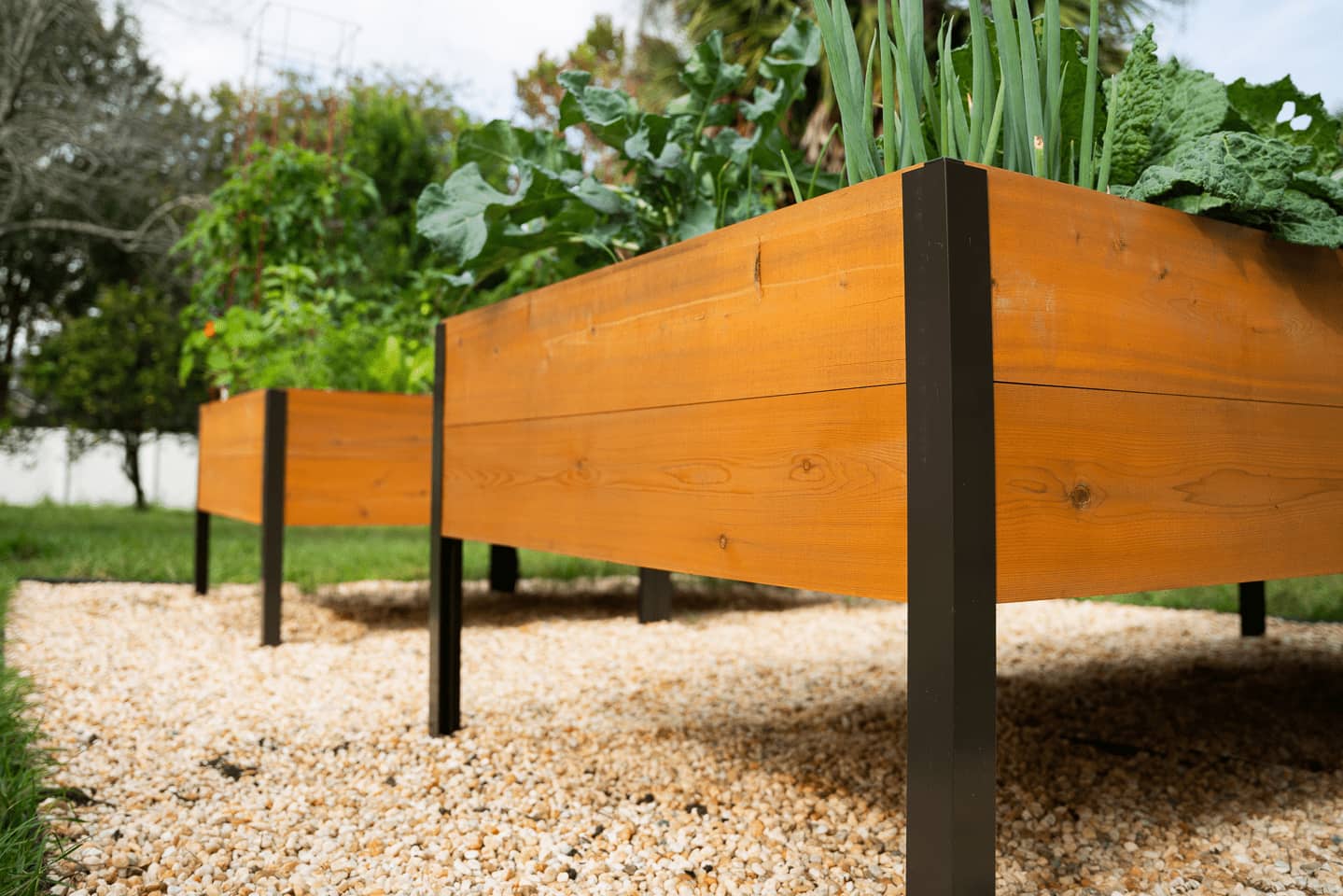
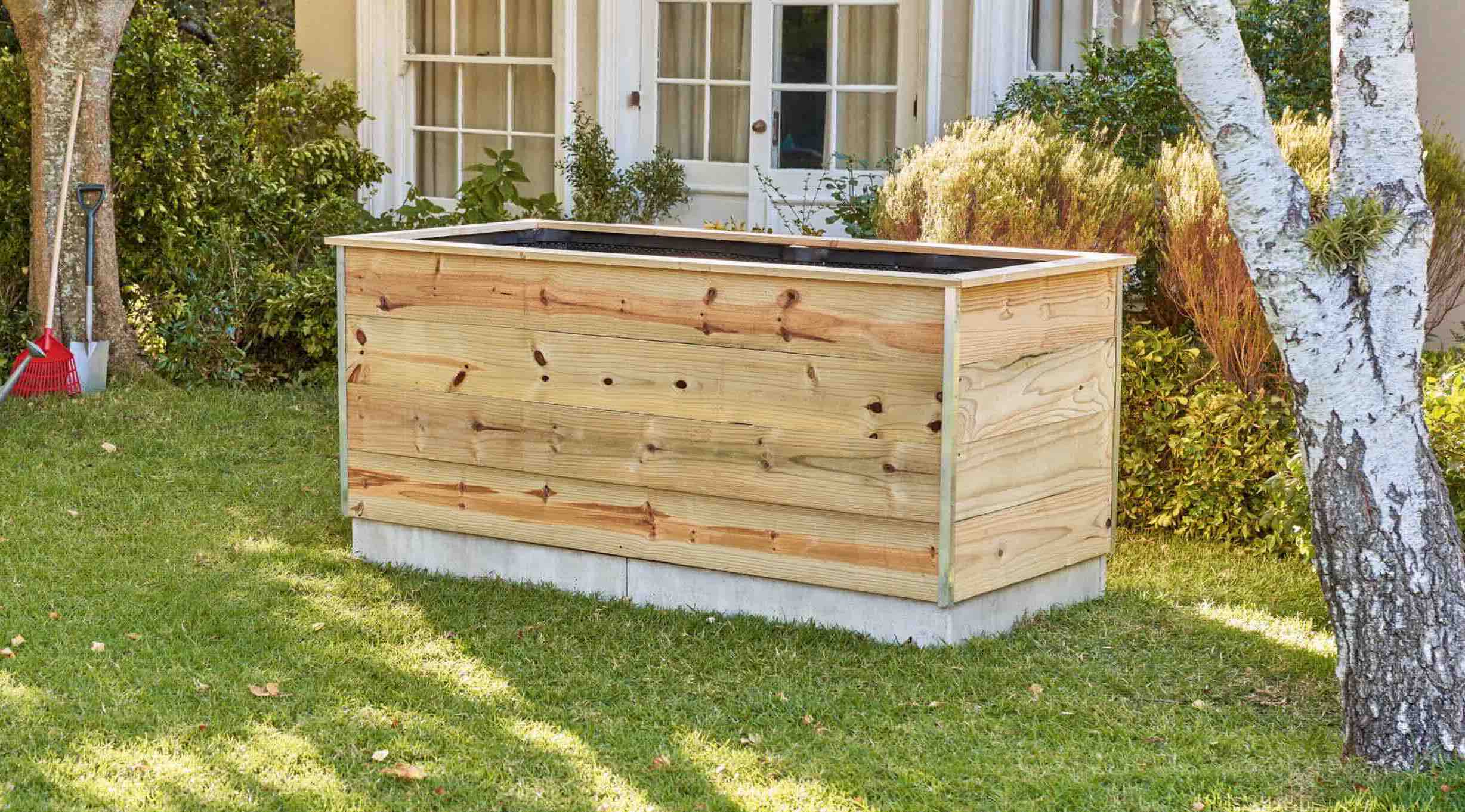
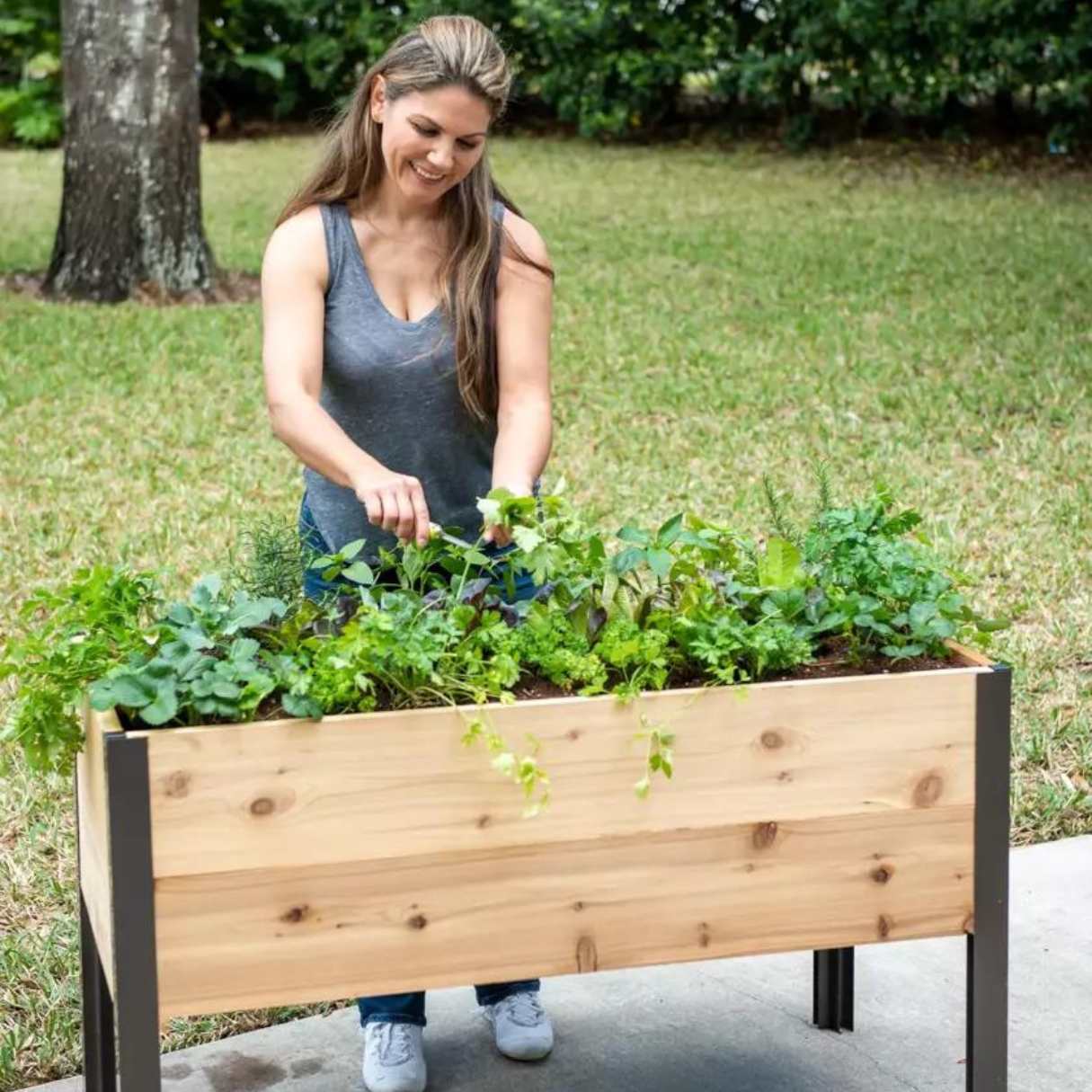
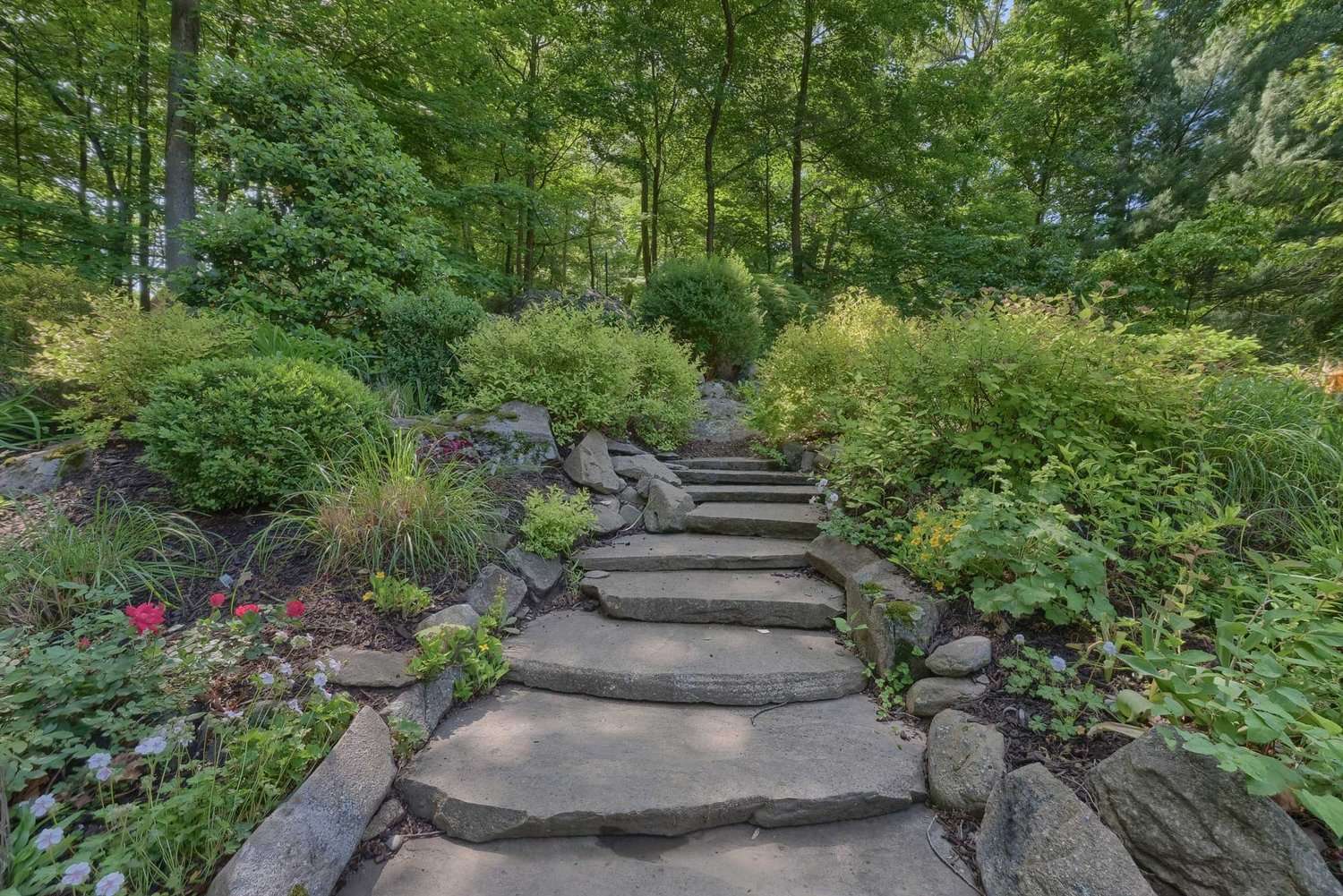
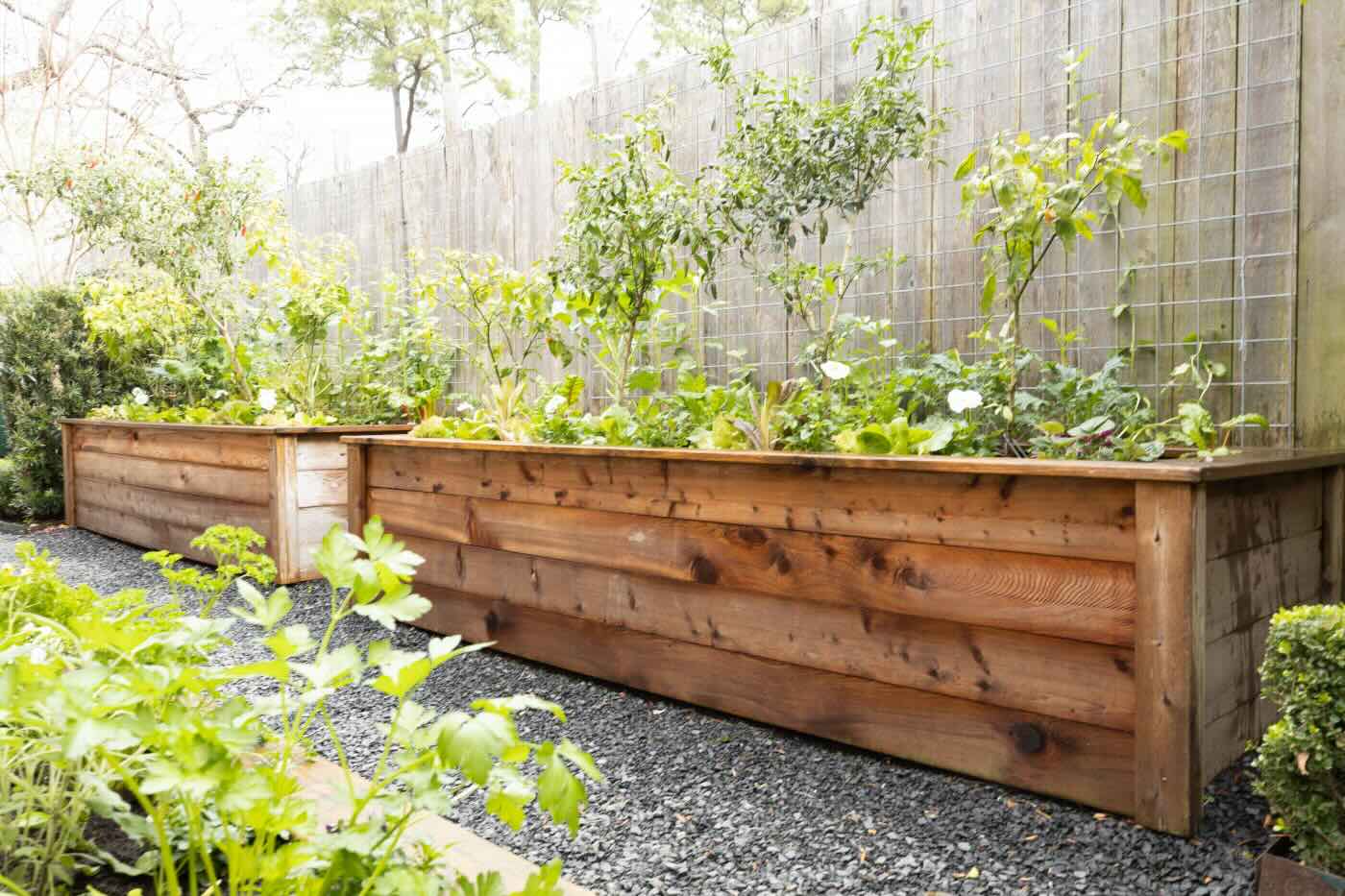
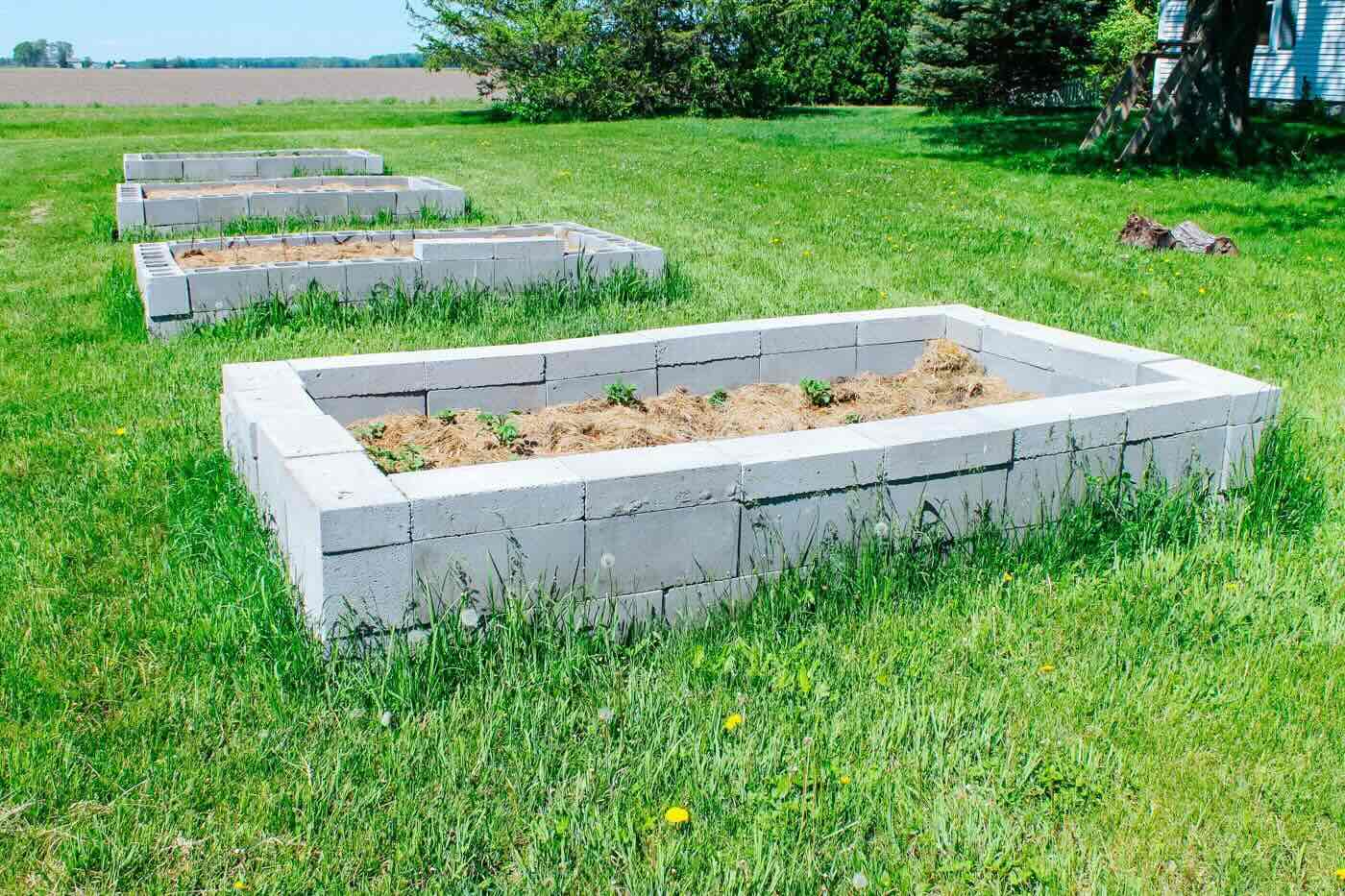
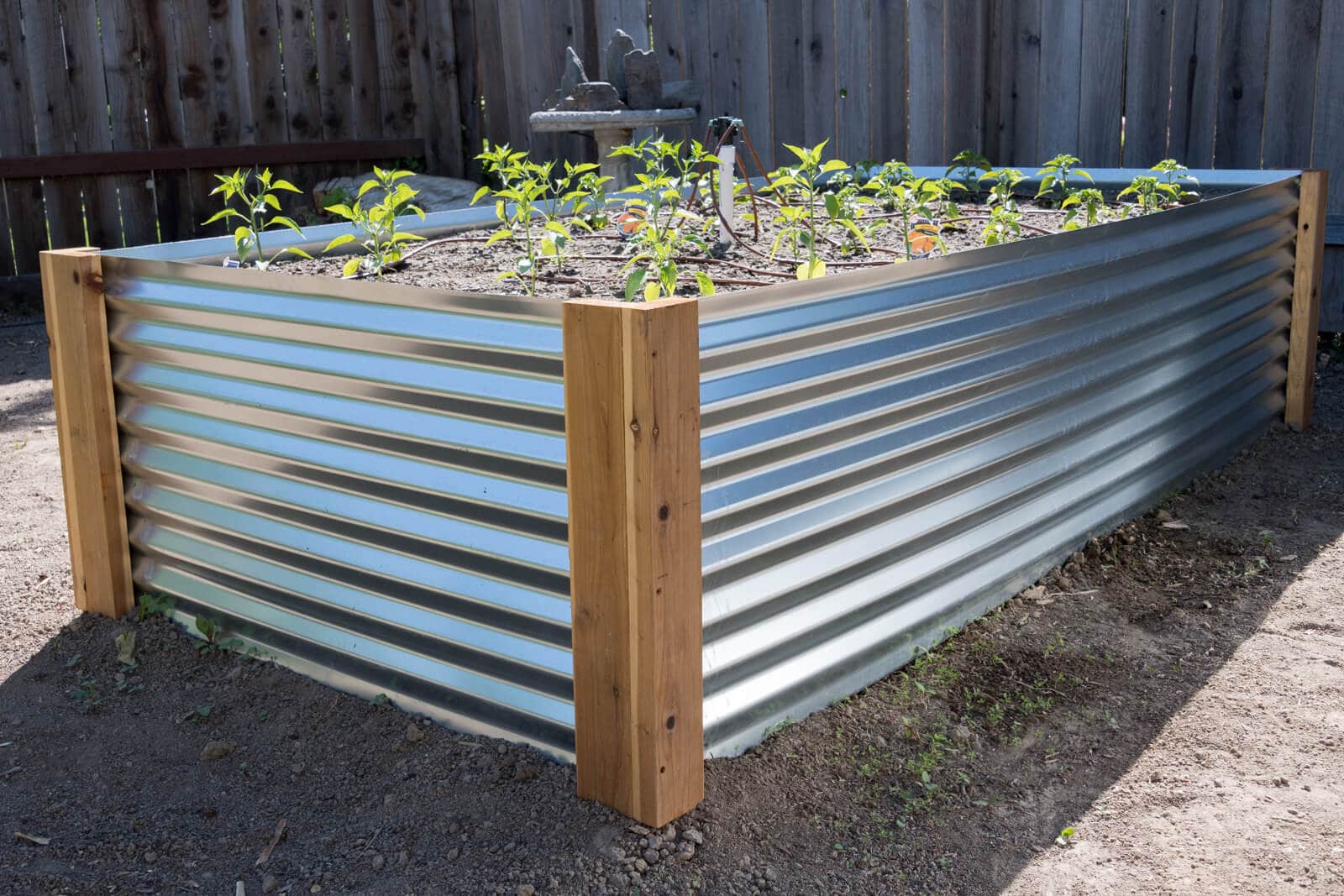
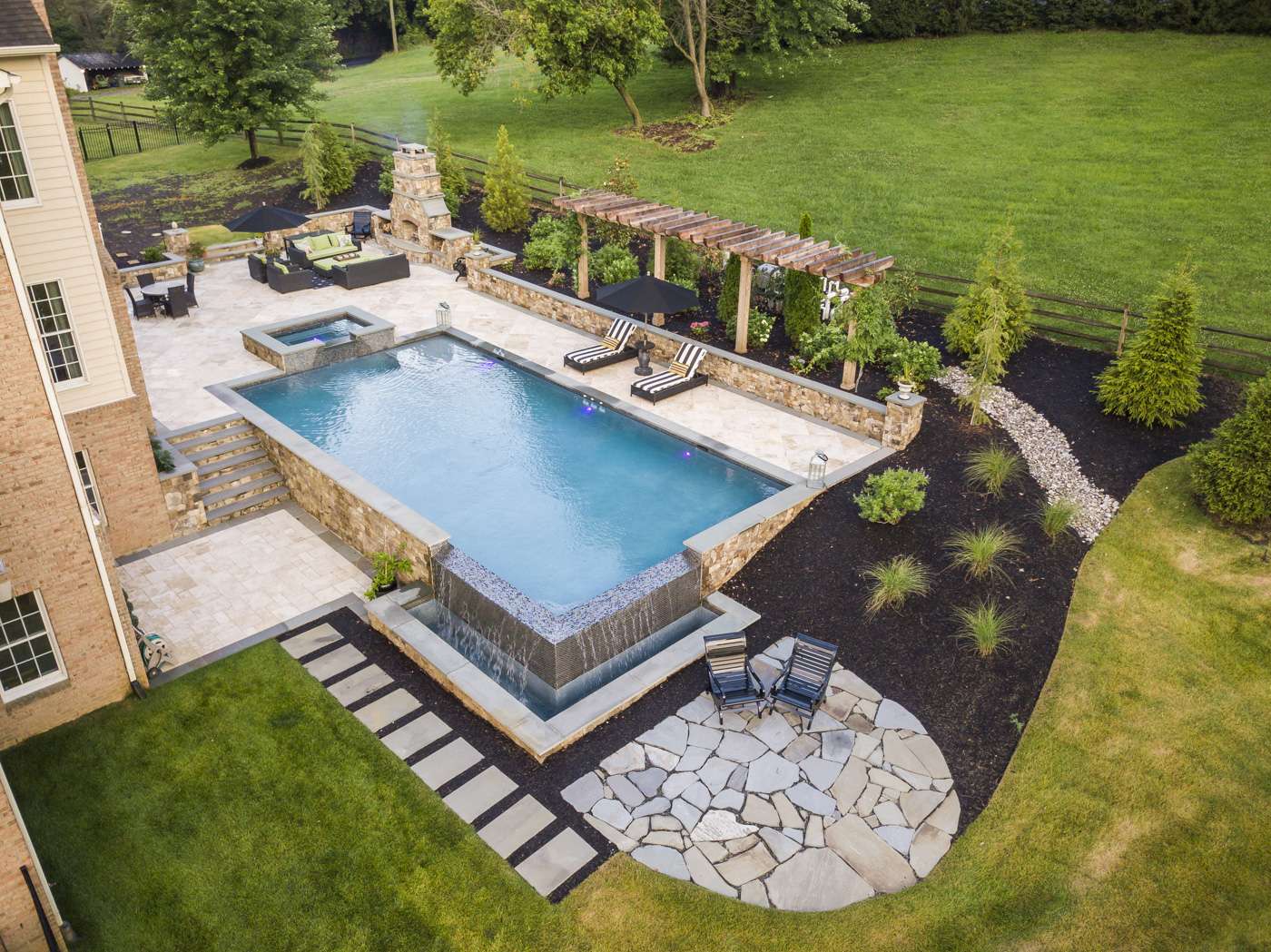
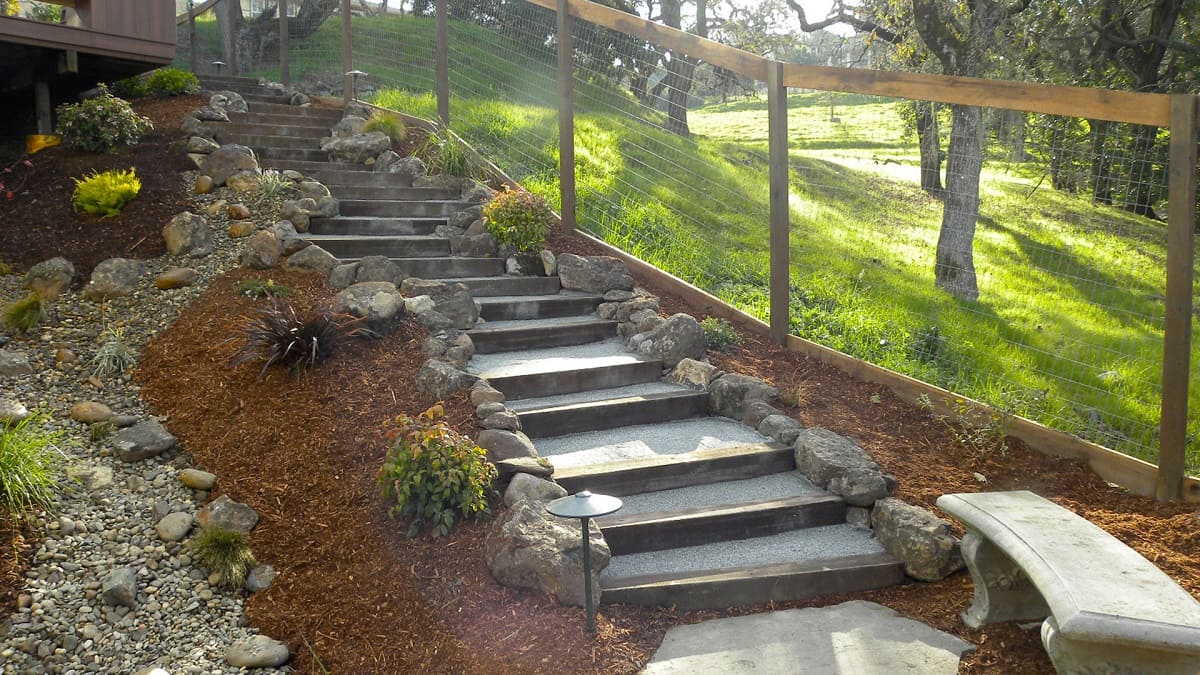
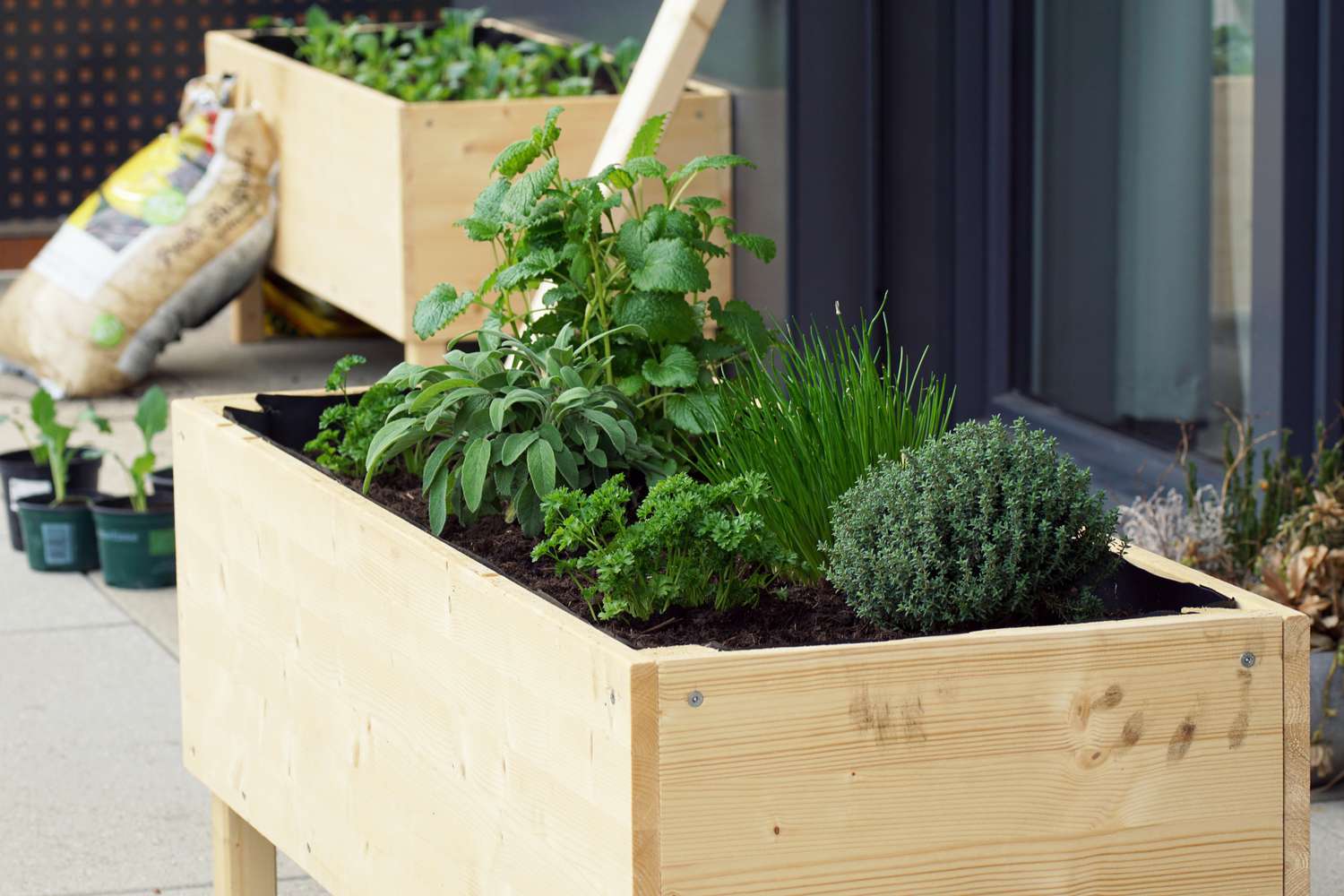
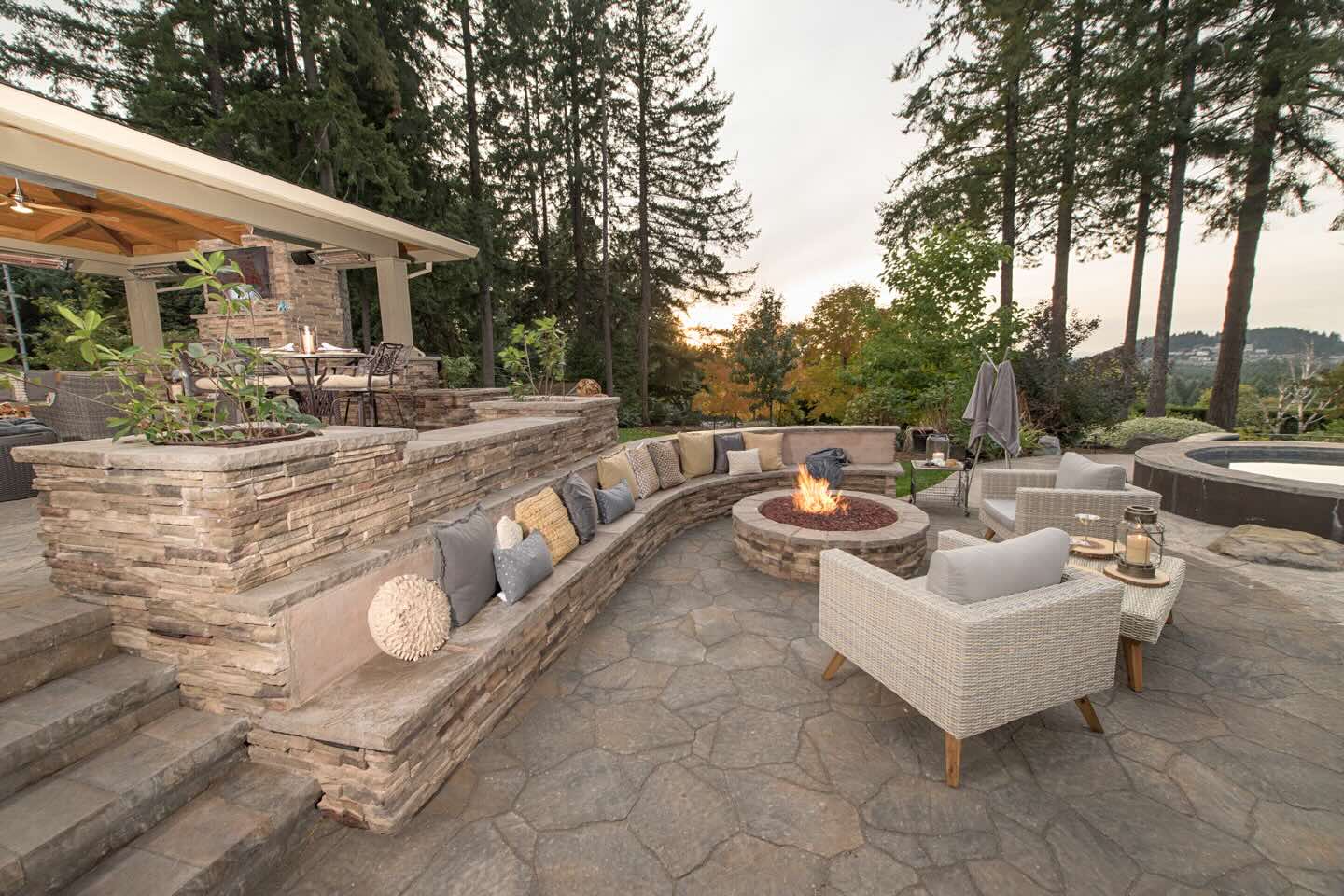
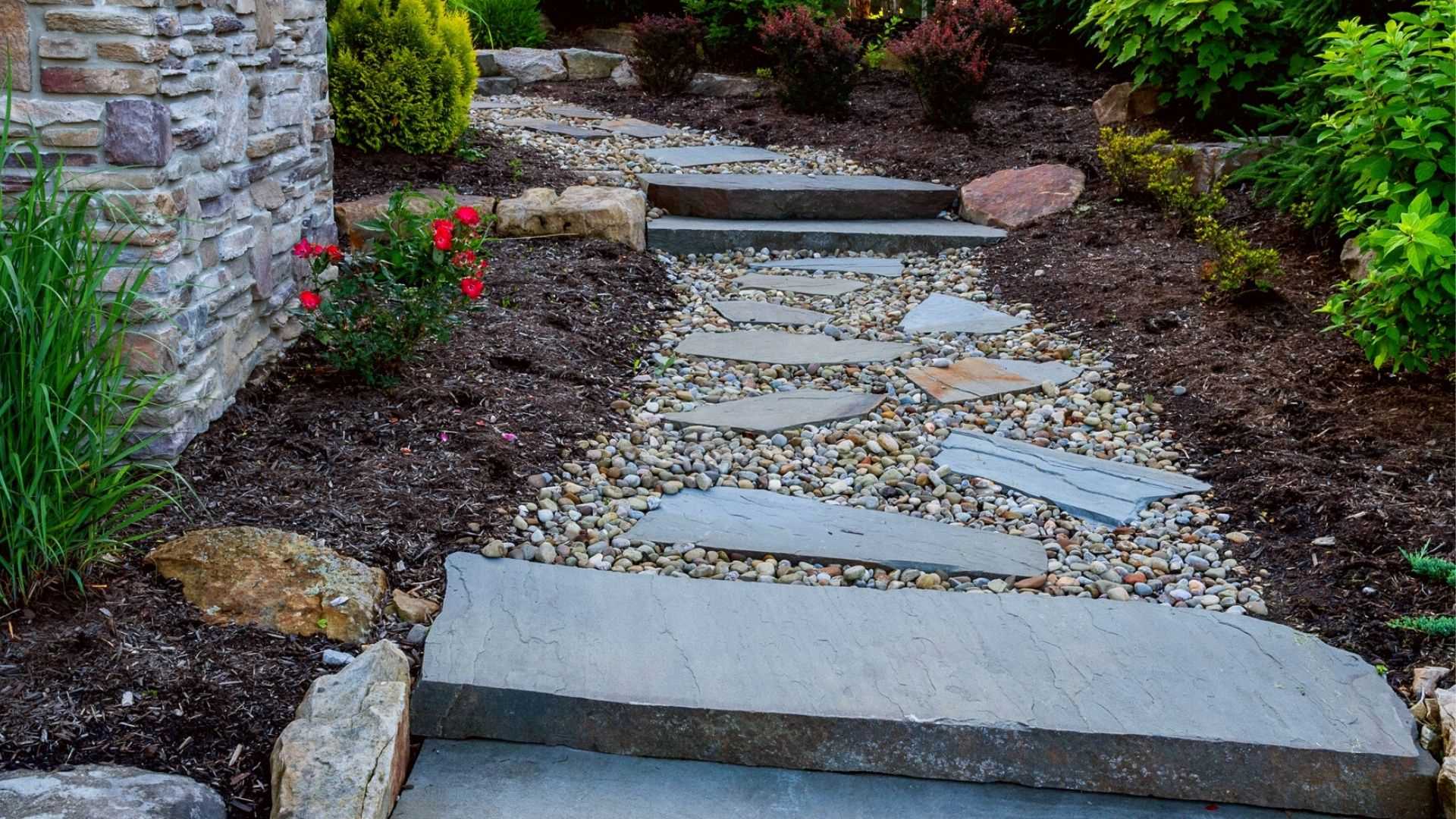

0 thoughts on “How To Build A Garden Bed On A Slope”